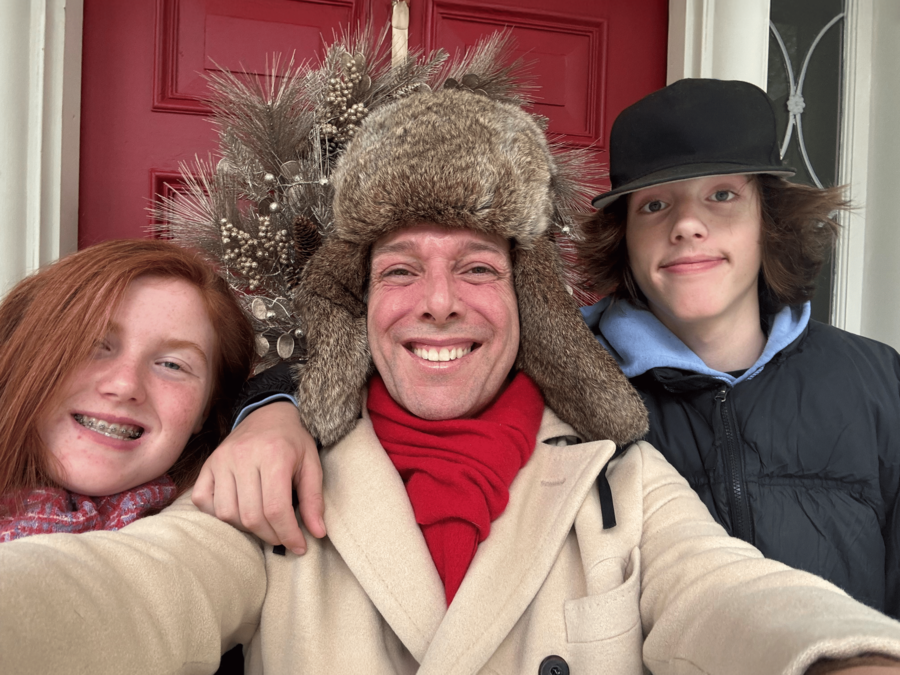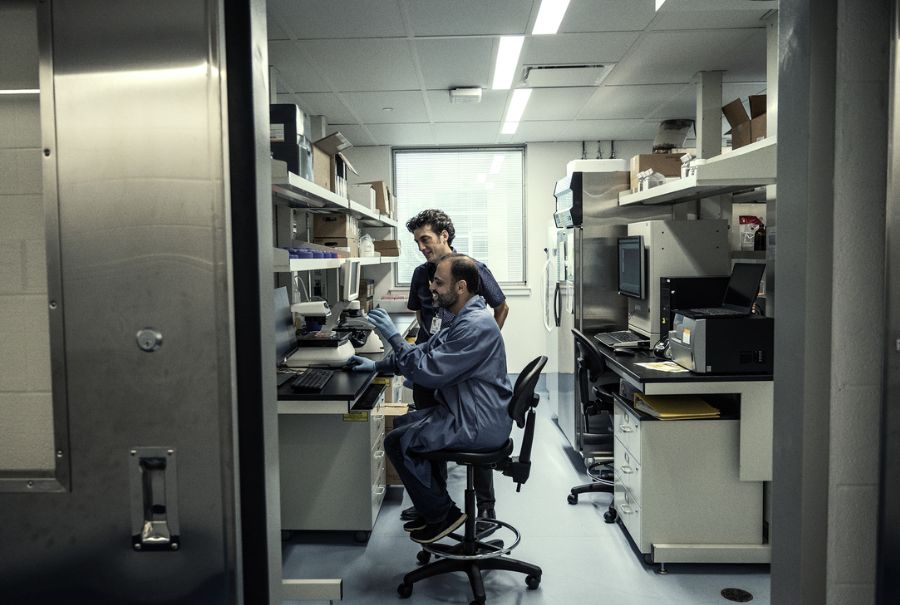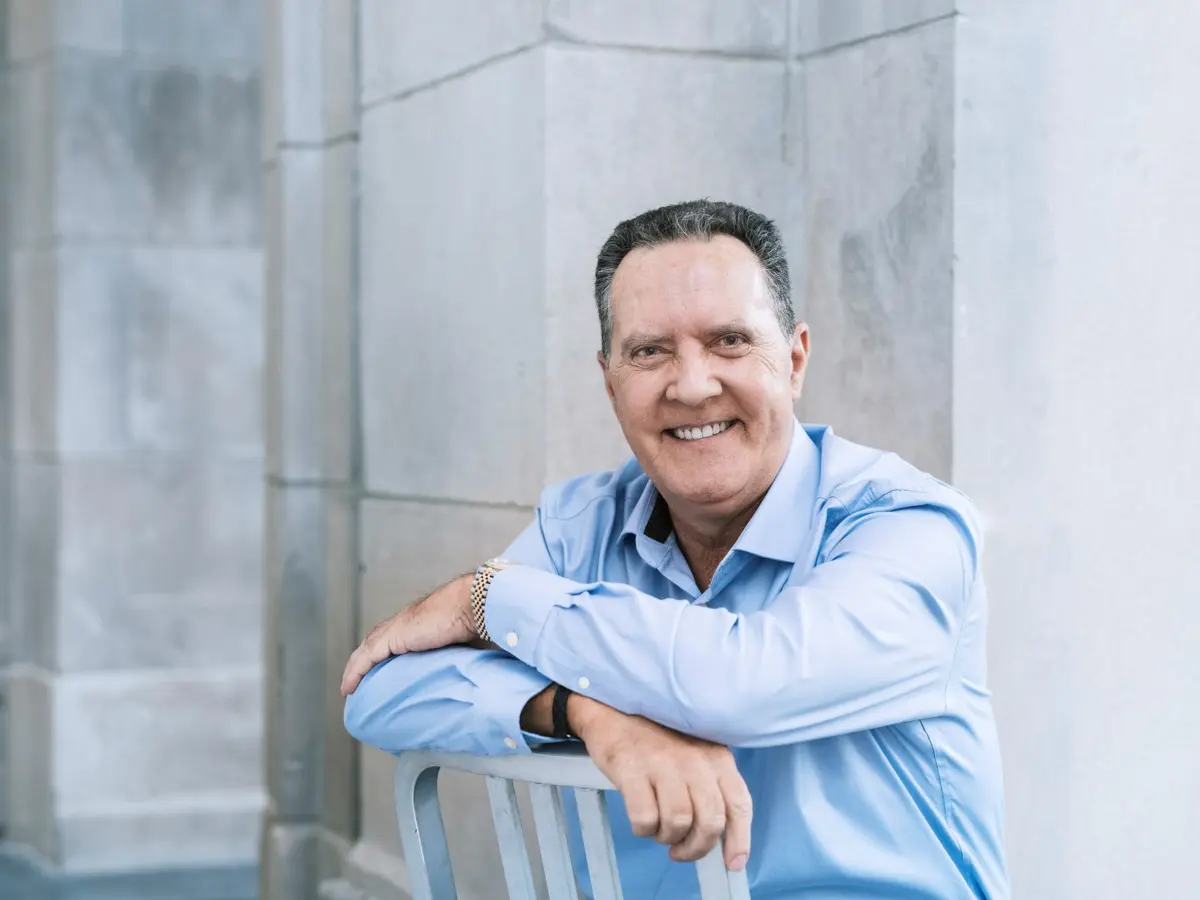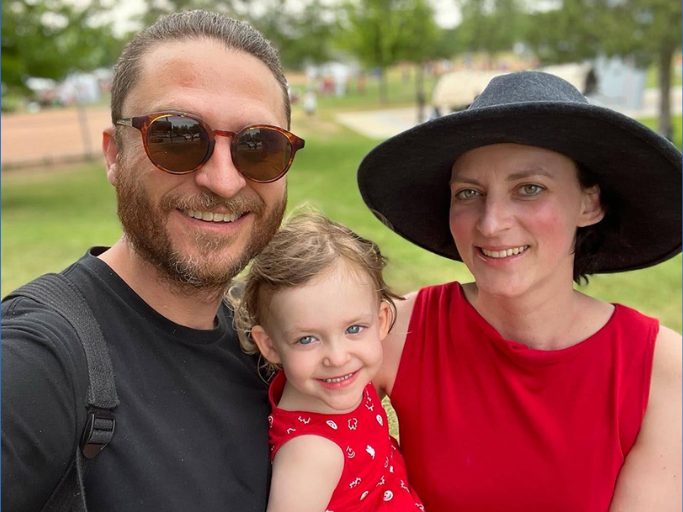
Natalie Theron received a portion of her husband’s liver more than a year ago, which saved her life.
A year before that surgery took place on Dec. 6, 2021, Natalie, then eight months pregnant, was admitted to hospital with extreme shoulder pain. After tests, a doctor sat on Natalie’s bedside crying, telling her she had Stage 4 liver cancer.
Natalie was induced the next morning, and she and her husband, Dave, welcomed a healthy baby girl into the world.
With the jarring contrasts of the fear and sorrow of the diagnosis the evening before and the joy and ecstasy of having her new baby girl laying on her chest, Natalie knew an uphill battle was to come.
Doctors performed more tests, confirming the cancer started in her colon and had moved to her liver.
With a one-month old at home, Natalie started chemotherapy with a hepatic artery infusion pump – a small, hockey puck-sized device in her abdomen that fed chemotherapy directly into her liver. Natalie also had surgery to remove one-third of her colon.
Her tumours were shrinking, so she was referred to Dr. Gonzalo Sapisochin, a transplant surgeon at UHN’s Ajmera Transplant Centre and Sprott Department of Surgery, to discuss an innovative treatment for her cancer.
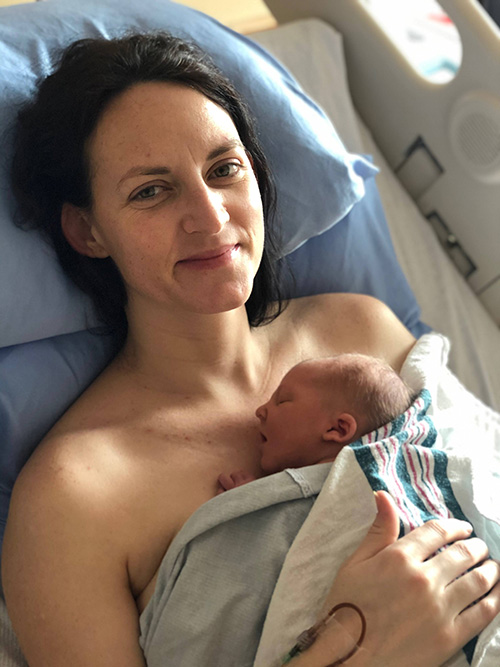
Dr. Sapisochin, who is also associate professor of Surgery at the University of Toronto, asked Natalie if she’d be willing to discuss a living liver transplant to essentially cure the metastatic disease in her liver.
“I’ll do whatever I need to do to be there for my daughter,” Natalie responded.
Suddenly, it dawned on Natalie that she could actually beat cancer.
She started conversations to find a living donor. Natalie had many friends and family step forward, including family members who flew in from South Africa. Dave also started the workup and was found to be a fantastic candidate.
Dave successfully donated a portion of his liver to Natalie, curing her liver cancer. Natalie and her family are incredibly grateful to Dr. Sapisochin for this lifesaving treatment.
Natalie and Dr. Sapisochin came together again on a recent episode of the “Living Transplant Podcast,” which is produced by the Centre for Living Organ Donation at UHN.
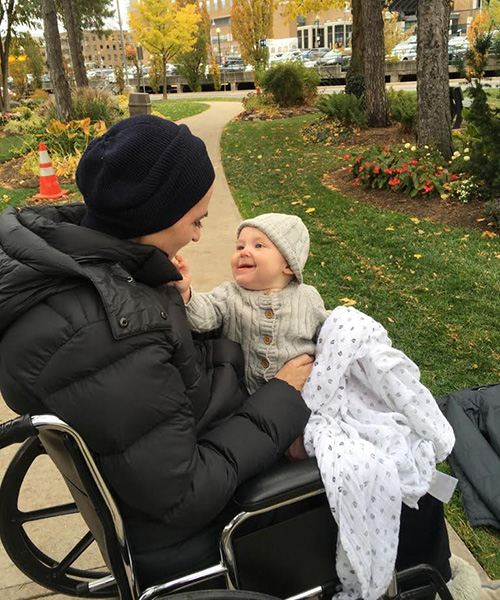
“Thank you for giving me my life back,” Natalie says to Dr. Sapisochin during the podcast episode.
“The small things definitely give me more joy, like my daughter’s giggles or just the sun on my face,” she adds. “I just appreciate every little moment and I don’t want to lose that.”
Dr. Sapisochin has stated this is innovative treatment at UHN, with a very specific criteria that must be met for a safe, successful living donor liver transplant to occur. To date, there have been approximately 150 done in the world for this condition.
“With the data we have, we know there’s an average 10-year survival with no recurrence, meaning for patients who received a transplant more than 10 years ago, their cancer never came back,” Dr. Sapisochin says. “They’re alive.
“This can be defined as cure, even though it’s hard to define cure in this setting.”
The success of this case was also possible due to the collaborative work of the multidisciplinary team with the Living Liver Donor Transplant Program at the Ajmera Transplant Centre, including important contributions from Drs. Mark Cattral, Anand Ghanekar and Nazia Selzner, Living Liver Donor transplant coordinators Chantal Wiggins and Elena West, nurse practitioners Alicia Healey, Laura Legere and Stephanie Tiffin, clinical research coordinator Erin Winter, and the inpatient nursing team in the Transplant Unit.
Natalie and Dr. Sapisochin joined the “Living Transplant Podcast” to speak about the process of living liver transplants for people with liver cancer. The podcast brings you behind the scenes at the Ajmera Transplant Centre to explore transplantation through the perspective of people with lived experience, frontline staff, researchers, innovators and transplant pioneers.
To listen to the full podcast episode, you can visit Living Transplant Podcast or download it on Apple, Spotify, Amazon or wherever you find your podcasts.
For more information about the work of Dr. Sapisochin and his team, read this article.
